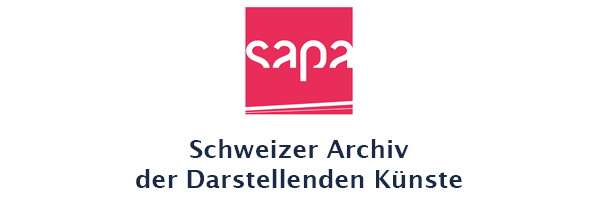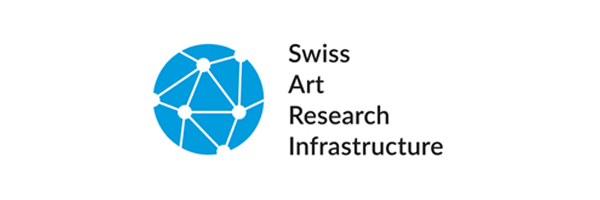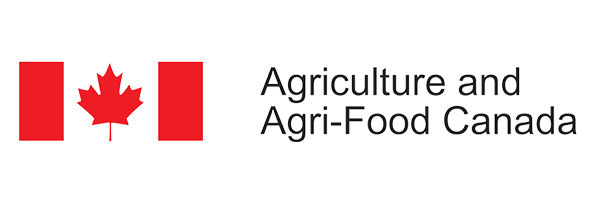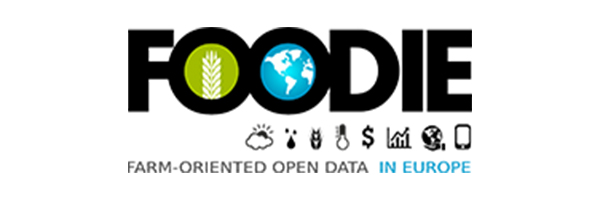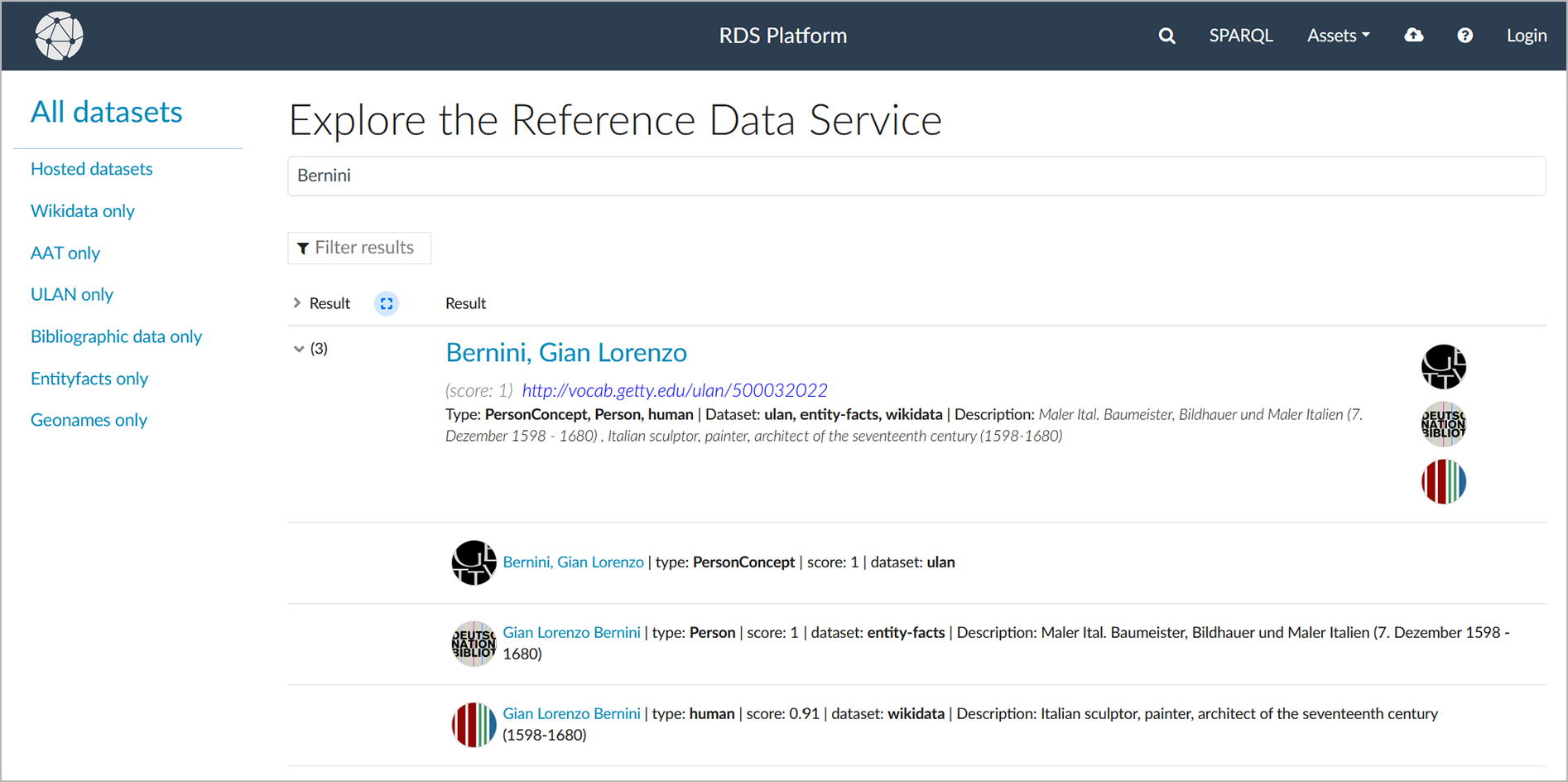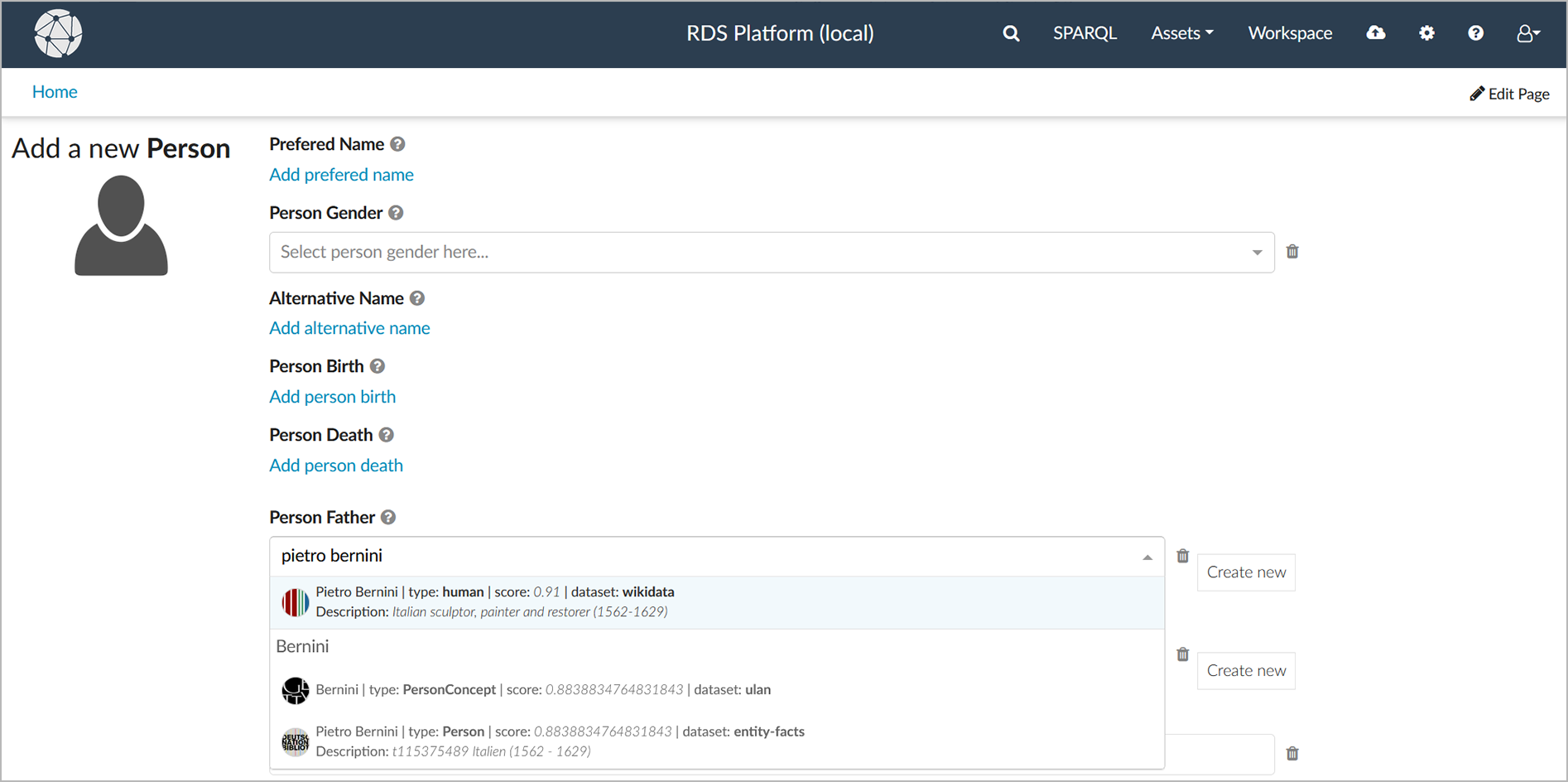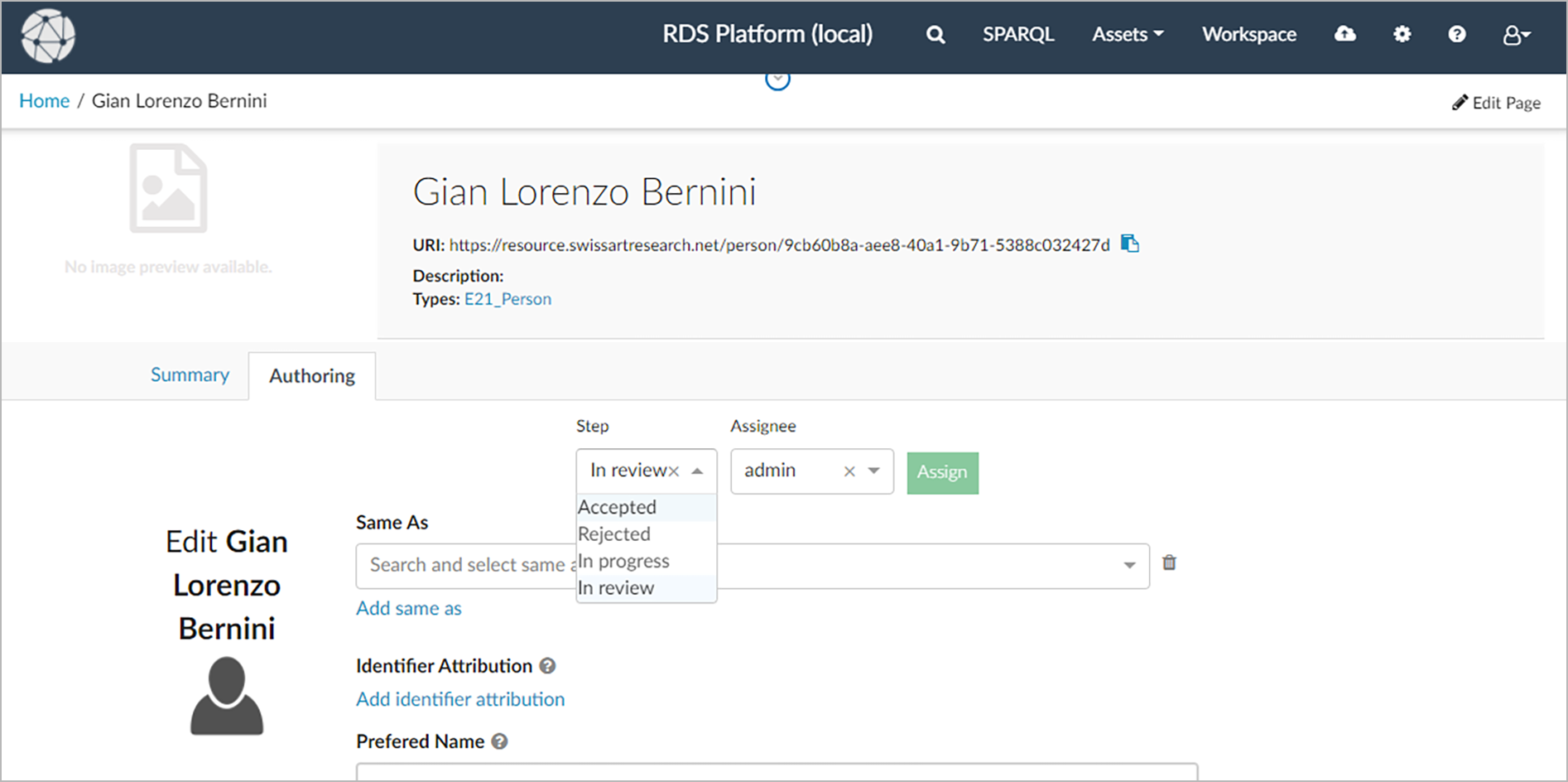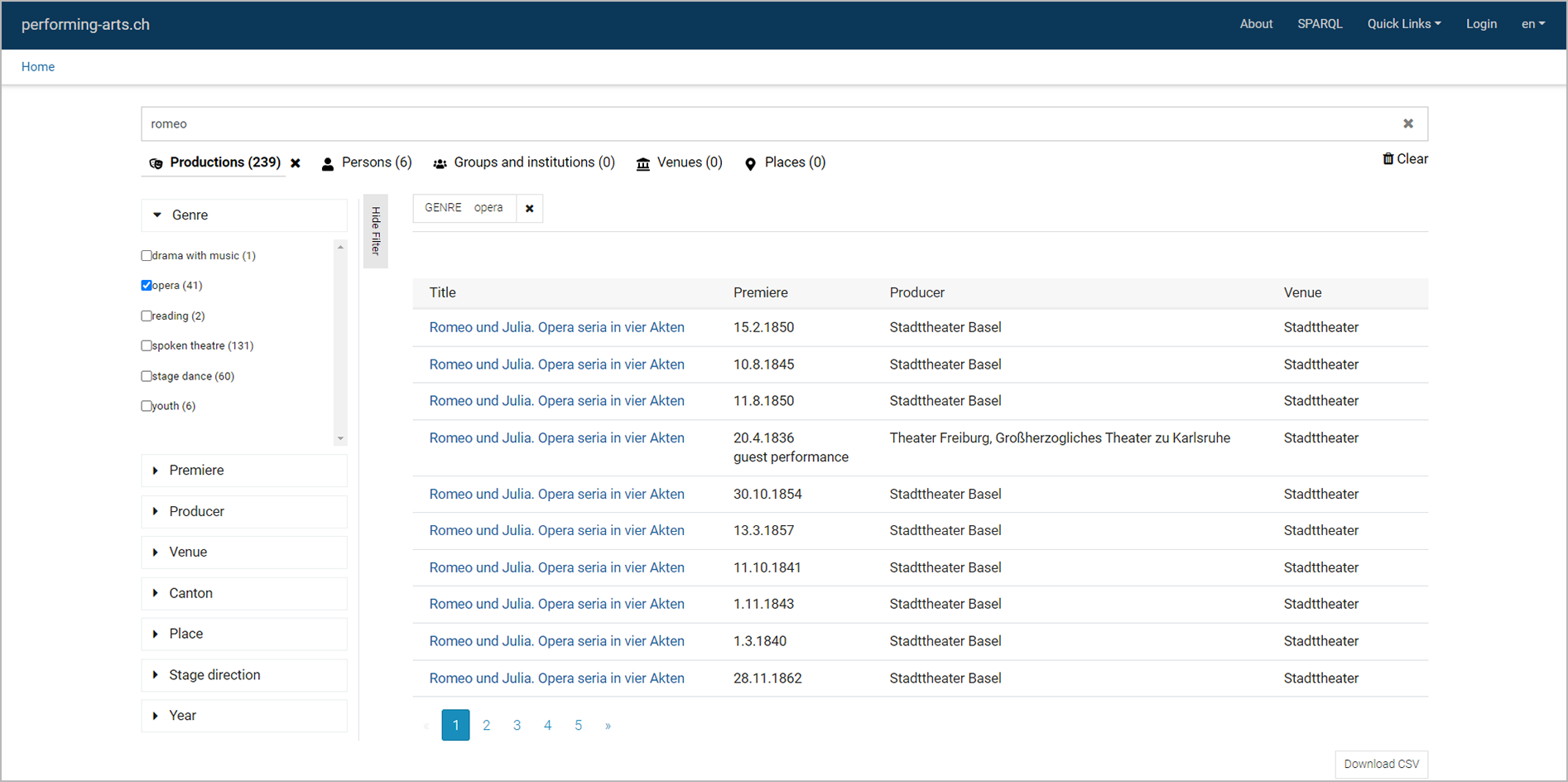CULTURAL HERITAGE & HUMANITIES
Solutions that drive knowledge democratization
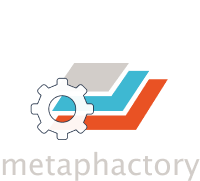
Use cases
metaphactory provides an agile solution that can help increase public access to data, delivers a flexible approach to data publishing, and supports cross-disciplinary collaboration and knowledge creation
Challenges
in mastering the complexity of data
Solutions
that empower domain experts and end users
Customized views on your data for diverse user groups
Researchers
Historians
Metadata librarians
Art experts
Professors
General public
metaphactory in action in cultural heritage & humanities
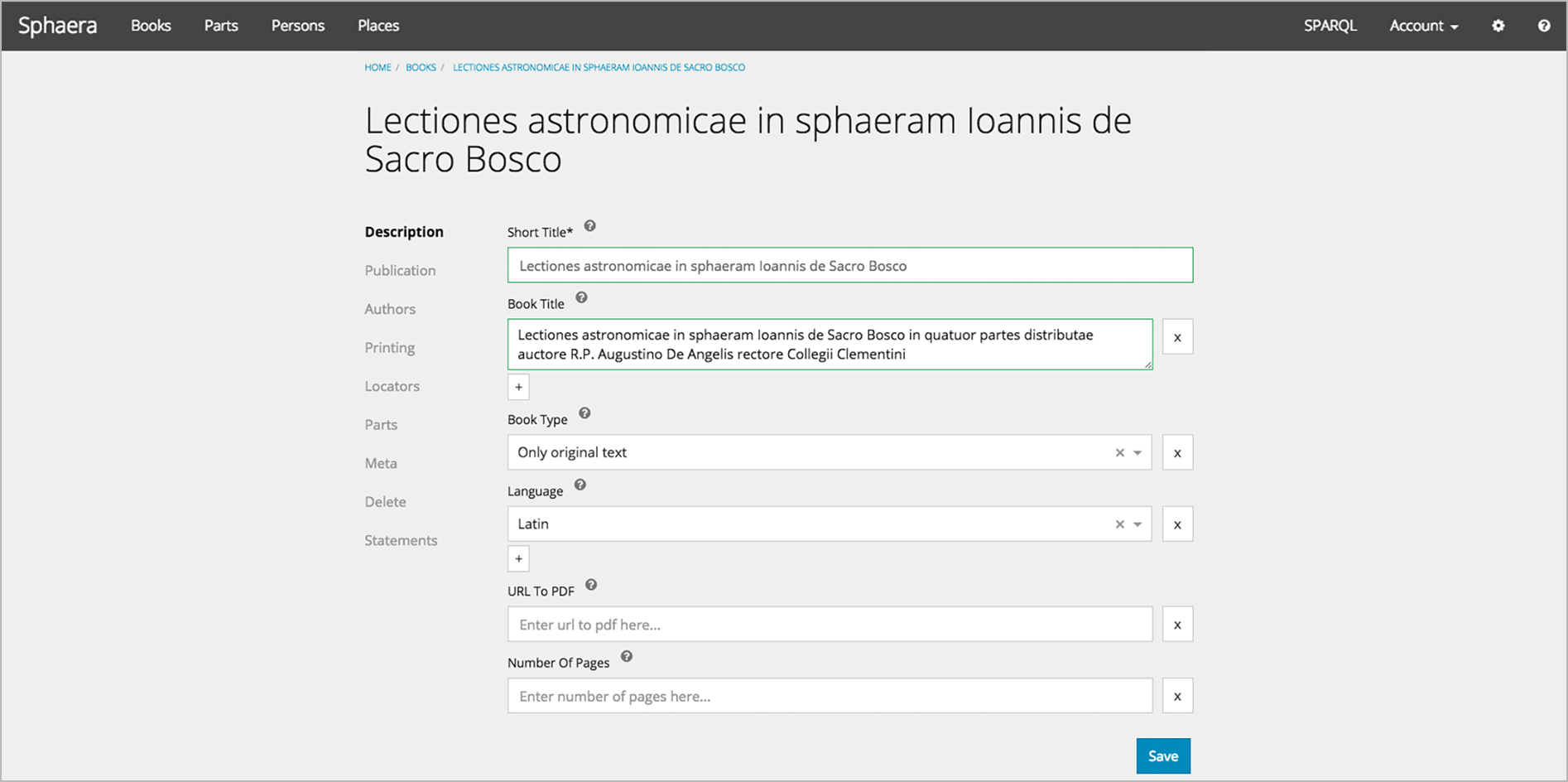
Success stories
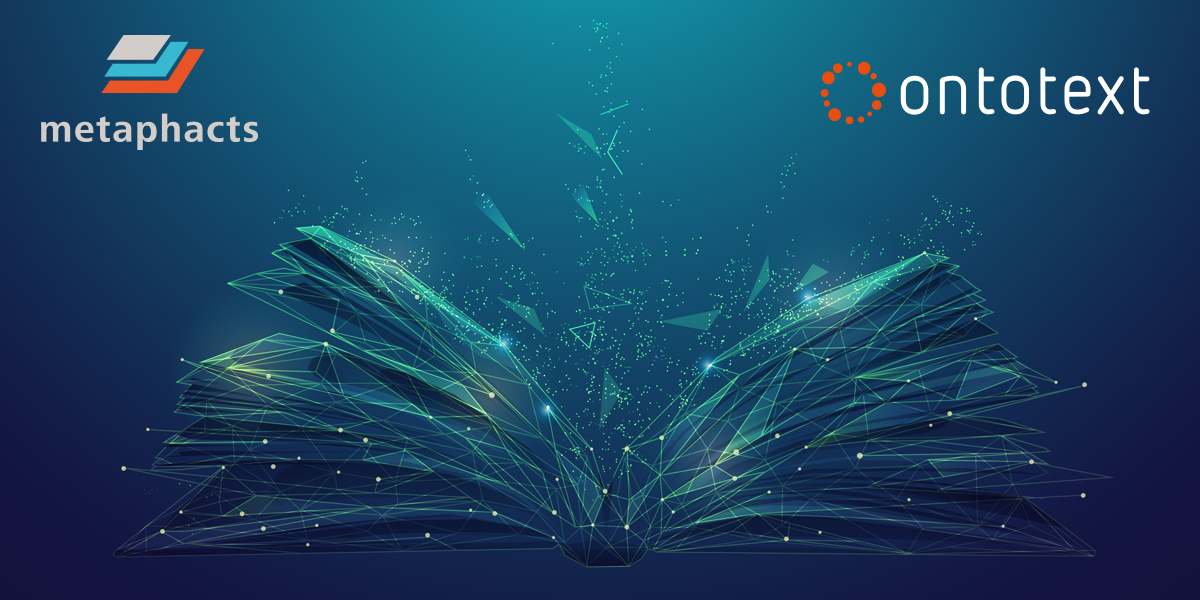
Major Government Agency Takes Their Digital and Print Library Services to the Next Level Partnering with metaphacts and Ontotext

Reference Data Service at SARI

Cultural Heritage Archives at SAPA Foundation
How does it work?
Create
Knowledge Graphs with domain experts
metaphactory commoditizes Knowledge Graphs, making the technology and its benefits accessible not only to knowledge graph experts but also to domain experts and end users. It supports the process of making data FAIR (Findable, Accessible, Interoperable, Reusable) and enables a collaborative Knowledge Graph creation process where all relevant stakeholders can:
- Model core domain concepts and relations based on specific user needs and in a machine- and human-interpretable format
- Map existing internal and publicly available data to the domain model
- Describe data sources and document provenance and lineage to build data reliability
Build
Knowledge Graph apps rapidly
Through its low-code approach built on a model-driven template mechanism and a rich set of ready-made Web components, metaphactory allows you to quickly build an intuitive user experience on top of your Knowledge Graph to:
- Search, filter and drill down
- Discover, visualize and explore relations
- Build insightful dashboards
- Share results with colleagues
- Add and edit data
As things change, metaphactory allows you to add new datasets, new data definitions and new concepts to support new data domains, new user groups and new projects.


















